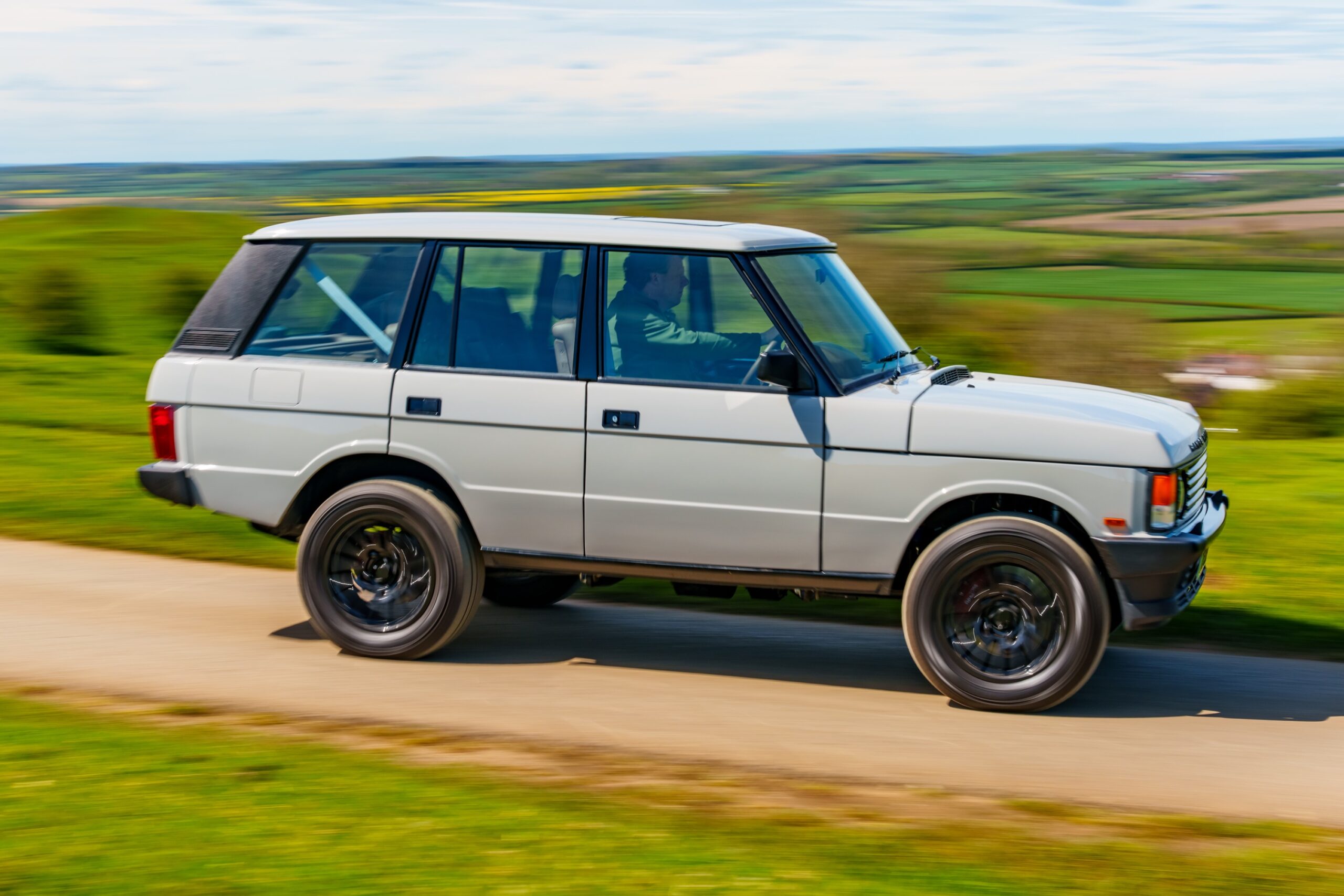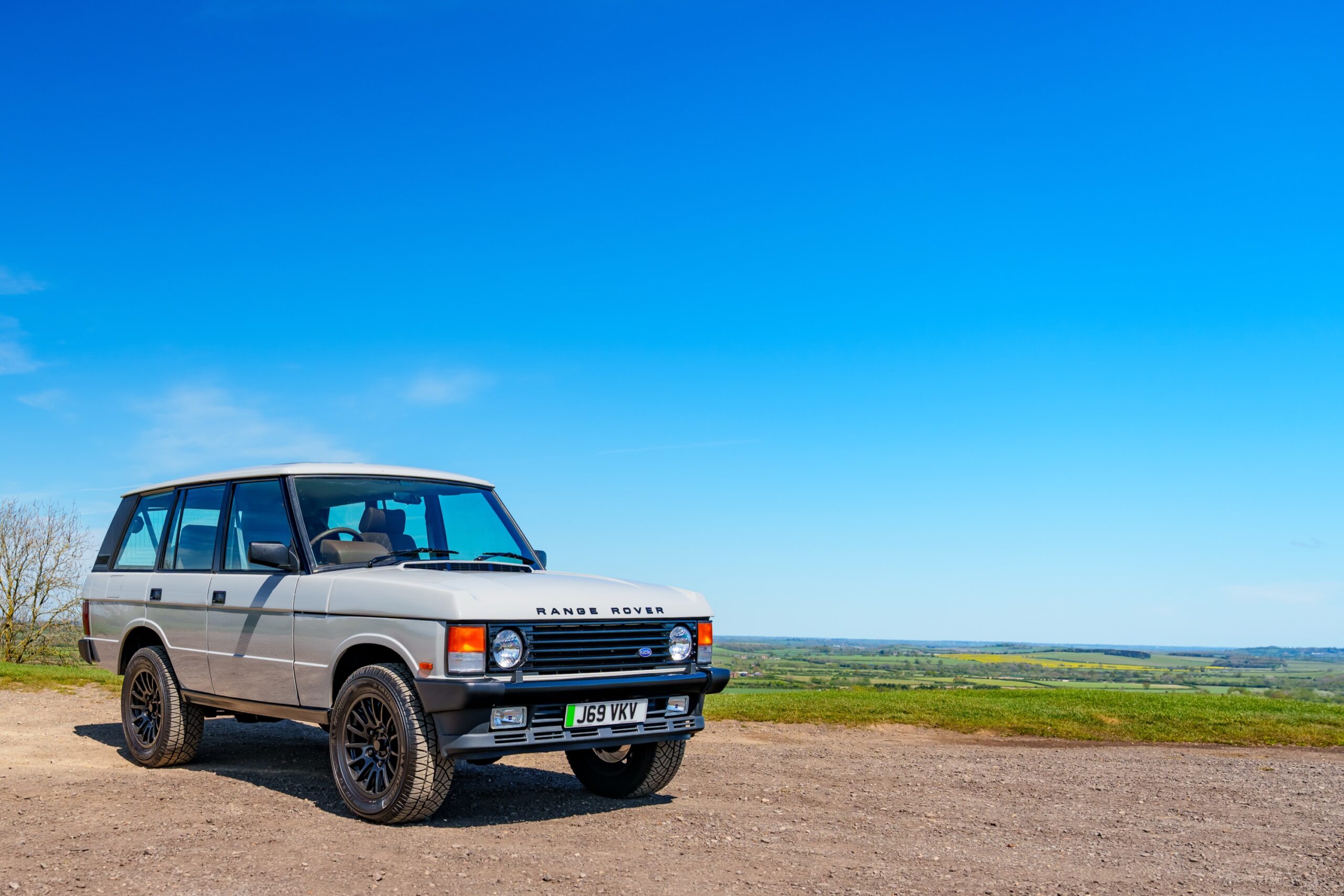 |
Driving an EV restomod that costs as much as a house—the JIA ChieftainThe Chieftain Range Rover is a fascinating thing—a refitted, reskinned, restored classic Range Rover is no new thing, nor is one with a ludicrous American V8 stuffed under the hood. But one that can be had as a gas car, plug-in hybrid, or as an EV? It can be all of those things depending on which boxes you tick. Ars Technica went for a spin in the EV to see how it stacks up. The UK is something of an EV restomod hub. It's been throwing electricity in things that didn't come off the line electrified in the first place for years. Businesses like Electrogenic, Lunaz, and Everrati will, for a price, make an old car feel a little more peppy—depending on who you go to, it'll come back restored as well. The Chieftain isn't quite like them. Developed by Oxfordshire, UK, based Jensen International Automotive (the company's bread 'n butter is Jensen Interceptors), the Chieftain is an old Range Rover turned up to VERY LOUD. Or, actually, not loud at all. Of course, these things come at a cost. A Chieftain EV Range Rover conversion, today, will set you back at least $568,000 should you choose to order one. This one was a private commission, and at that price there won't be any built on spec on the off chance someone wants to buy one "off the peg." By any stretch of the imagination it is a huge amount for an old car, but they're custom-built from start to finish.
Yours will be made to your specification, have CarPlay/Android Auto, and the sort of mod cons one would expect in the 2020s. Under its perfectly painted shell—the color is your choice, of course—lives a 120 kWh battery. It's made of packs mounted under the hood and in the rear, firing power to all four wheels via three motors: one at the front, and two at the rear. The tri-motor setup can theoretically produce around 650 hp (485 kW), but it's paired back to a smidge over 405 hp (302 kW), so it doesn't eat its tires on a spirited launch. There's a 60:40 rear-to-front torque split to keep things exciting if that's your jam. Air suspension keeps occupants comfortable and insulated from the world around them. Each Chieftain Range Rover is a bespoke affair, which means the interior is really quite something to behold. Quilted seats, not a stitch out of place, leather sourced from Bridge of Weir… it's all rather fine. Of course, the architecture of the original car has to be worked around, so don't go in expecting recesses with big screens, or a new dash modeled off some of the curves of Michelangelo's David. It's still a bit angular and of its era inside, but if you're dropping this kind of money on a restored, updated Range Rover, you probably actively want that kind of thing. JIA's work on the car isn't the result of peeling components from crashed Teslas. Everything under the skin is an off-the-shelf OEM part, lovingly installed in available space left by oily motors and transmissions, and gently encouraged to talk to each other. The people who want one of these aren't in the market for recycled bits glued to an old chassis—if you're going to drop all your money on a custom car, the last thing you'd expect is a pre-loved battery. 
Beltlines have risen so high in modern cars you almost feel exposed driving something that first went on sale in 1970.
Credit:
Alex Goy
With it being a bespoke car, there are some, erm, unknowns. When asked about fast-charge times, the company said that "at a typical fast charger it can go from flat to fully charged in about 1hr 10 min," which should mean a decently brisk 20–80 percent time, given the nature of battery charge curves. When it comes to range, the company says 210–220 miles (338–354 km) is workable in chilly conditions, and warmer weather will grant 250 miles (402 km).
|
Tags
tech

